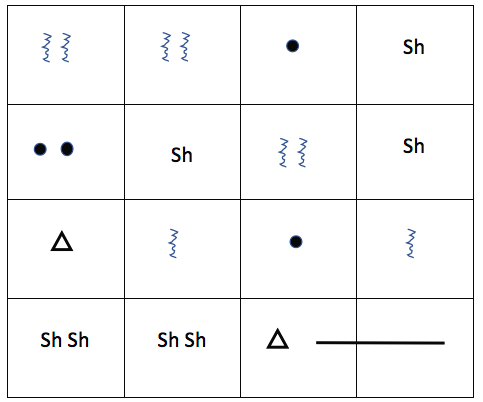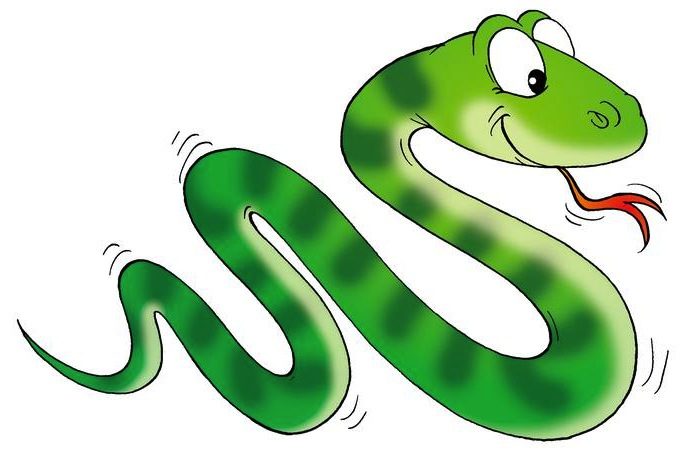Introduction
Mat the Hat is well know to our schools for his lively and engaging Big Drum Adventure that he has delivered with many of our pupils. Each week Mat has a special feature called the Museum of Amazing Musical Minstruments.
Mat introduces items from his own personal museum, a collection of amazing sounds and unusual ways to create music that he has built up on his travels around the world. So prepare yourself to step into the Museum, to be astounded by the marvelous, magnificent and mysterious musical Minstruments from as far away as Africa, South America and the Himalayas.
And if you’re wanting to do an activity whilst you’re visiting the museum, there’s an accompanying pdf with a quiz for each minstrument and web links to explore.
There are three instruments on out blog pages,
The Udu, a clay pot which makes some amazing sounds.
The Yantra made from a steel drum
The Berimbau, a stringed instrument
Link
To see what the Big Drum Adventure is all about have a look at Mat’s website.
http://wherestheone.co.uk/big-drum-adventure.html
To download files right click on the links and then select either:‘
- Save Target As’ (PC)
- ‘Download Linked File’ (Mac







